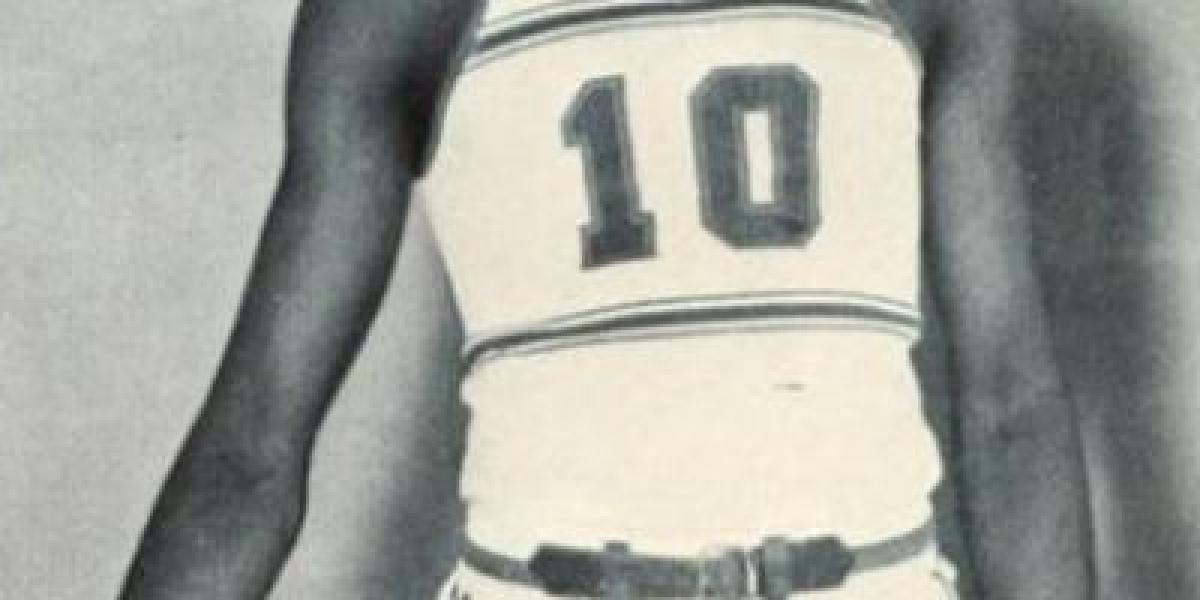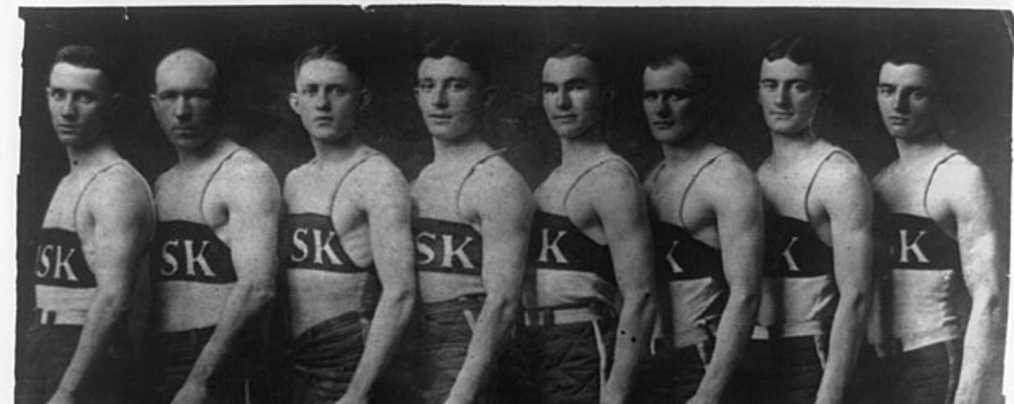Monroe possessed an unmatched arsenal of offensive moves. His signature "up-and-under" dribble and hesitation crossover left defenders bewildered, creating space for him to unleash his silky-smooth jump shot. He was a master of ball-handling, showcasing an ability to change direction and create scoring opportunities with ease.
While known for his offensive brilliance, Monroe wasn't a one-dimensional player. He exhibited a high basketball IQ and impressive passing ability, making him a valuable asset to his teammates. However, his individual brilliance sometimes overshadowed his team-oriented approach, leading to criticism and even trade talks early in his career.
In 1971, Monroe landed with the New York Knicks, joining forces with the legendary Walt Frazier. While their individual styles initially clashed, they eventually found a way to co-exist, leading the Knicks to the NBA Finals in 1973. Although they fell short of the championship, Monroe's contribution was undeniable, showcasing his ability to adapt and succeed within a team structure.
Monroe retired in 1980, leaving a legacy of unparalleled skill and artistry. He was inducted into the Naismith Memorial Basketball Hall Of Fame in 1990, a testament to his impact on the game. His influence transcended generations, inspiring young players with his dazzling footwork and creative approach to the game.




